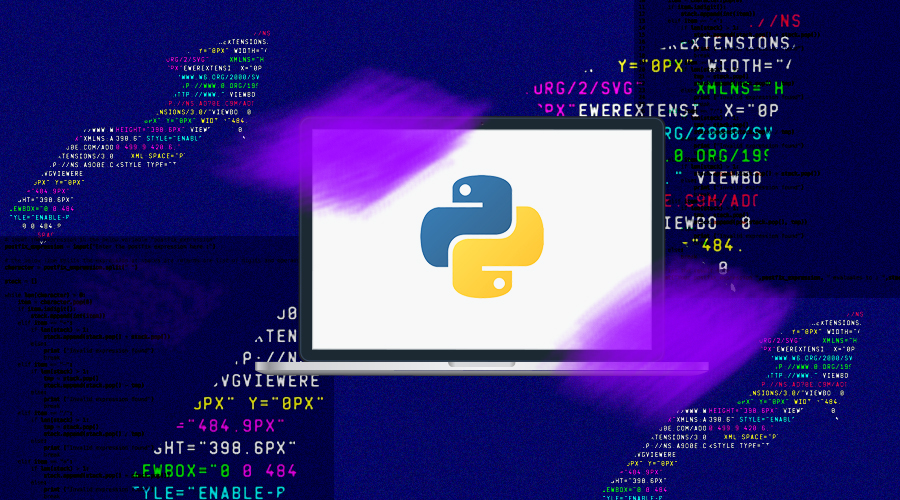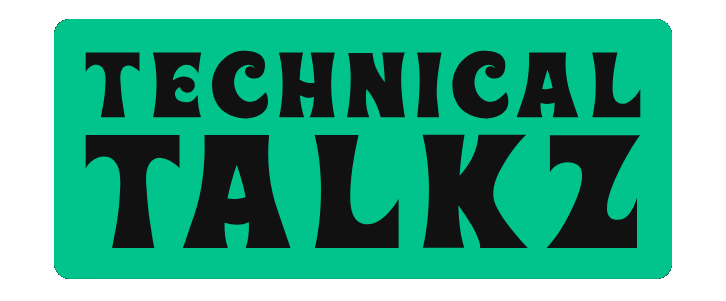Python has come a long way since its inception in 1991. From a general-purpose scripting language to a powerhouse behind machine learning, web development, automation, and more—Python is everywhere. But as the tech world evolves rapidly, many are asking: What’s next for Python? In this blog, we explore the trends, technologies, and predictions shaping the future of Python programming.
AI & Machine Learning: Python Remains King
Python is currently the go-to language for AI and machine learning. Libraries like TensorFlow, PyTorch, Scikit-learn, and Pandas have made it incredibly easy to build powerful data-driven applications. With the continued growth of AI, especially generative AI and LLMs (Large Language Models), Python’s dominance in this area is unlikely to fade.
What’s coming?
- More high-performance ML frameworks written in Python.
- Improved integration with GPUs and cloud-based AI platforms.
- Seamless interaction with C++ and Rust for speed-intensive tasks.
Web Development: Still Going Strong
While JavaScript dominates the frontend, Python (with frameworks like Django and Flask) continues to be a top choice for building scalable and secure backends. With the rise of FastAPI, Python now has a modern, async-ready framework that rivals Node.js in speed and simplicity.
Future trends:
- More asynchronous frameworks.
- Integration with modern frontend stacks (like React or Svelte) via API-driven architecture.
- Improved support for serverless deployments and edge computing.
Python in Education: The First Language for New Coders
Python’s simple syntax and readability make it ideal for teaching programming. It’s now the first language taught in many schools and universities across Europe and the U.S.
What to expect:
- Expansion of interactive, AI-powered Python learning platforms.
- More educational resources tailored for kids and non-tech users.
- Python being used to teach not just programming, but also subjects like math, biology, and finance.

Performance & Typing: Addressing Python’s Weak Spots
Historically, Python has lagged behind in performance. But that’s changing. Projects like PyPy, Cython, and MyPy are bridging the gap by improving speed and introducing optional static typing.
The roadmap:
- Python 3.x updates that make typing more powerful and less verbose.
- Better JIT (Just-In-Time) compilation.
- Wider adoption of Python-in-Rust hybrid modules for speed.
Python in DevOps and Automation
From scripting CI/CD pipelines to managing cloud infrastructure, Python remains a favorite among DevOps professionals.
Emerging opportunities:
- Integration with AI tools for automated deployment and monitoring.
- Python-based CLI tools replacing legacy shell scripts.
- Wider use in Infrastructure as Code (IaC) tools like Pulumi and Ansible.
Quantum Computing and Python
Yes, even in the futuristic world of quantum computing, Python has carved a niche. Frameworks like Qiskit (IBM) and Cirq (Google) are Python-based, allowing developers to write quantum algorithms in a familiar syntax.
The outlook:
- Python to remain a key entry point into quantum programming.
- High-level libraries abstracting away complex quantum mechanics.
- Growing community of Python quantum developers.
Final Thoughts
Python’s future is bright, dynamic, and full of possibilities. Its versatility ensures that it will continue to evolve alongside emerging technologies. Whether you’re a beginner learning your first “Hello World” or a senior developer deploying ML models at scale, Python offers a future-proof path.
TL;DR: Python isn’t going anywhere. In fact, it’s going everywhere.
What are your thoughts on Python’s future? Are you already using it in AI or automation? Let us know in the comments below!


